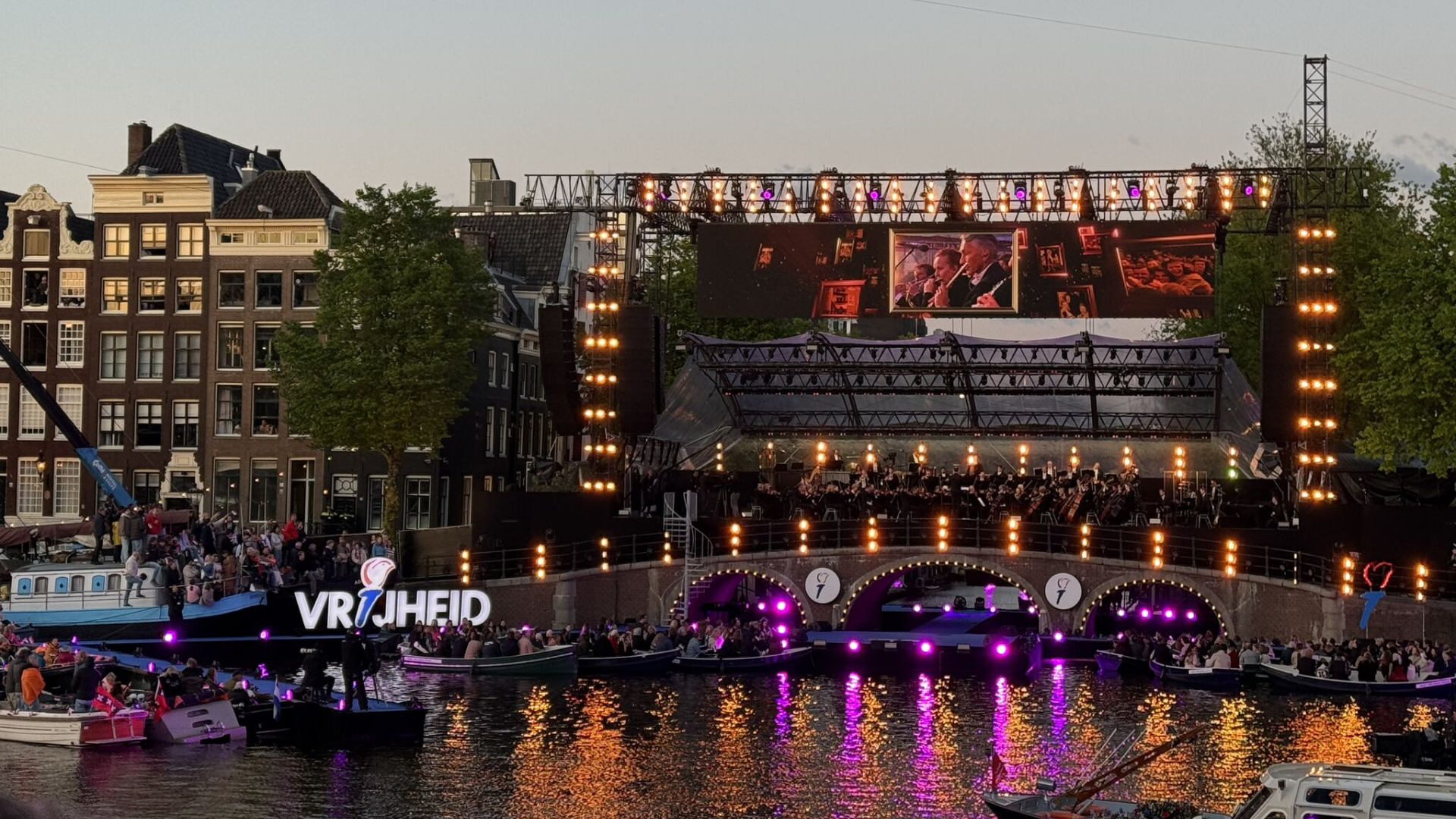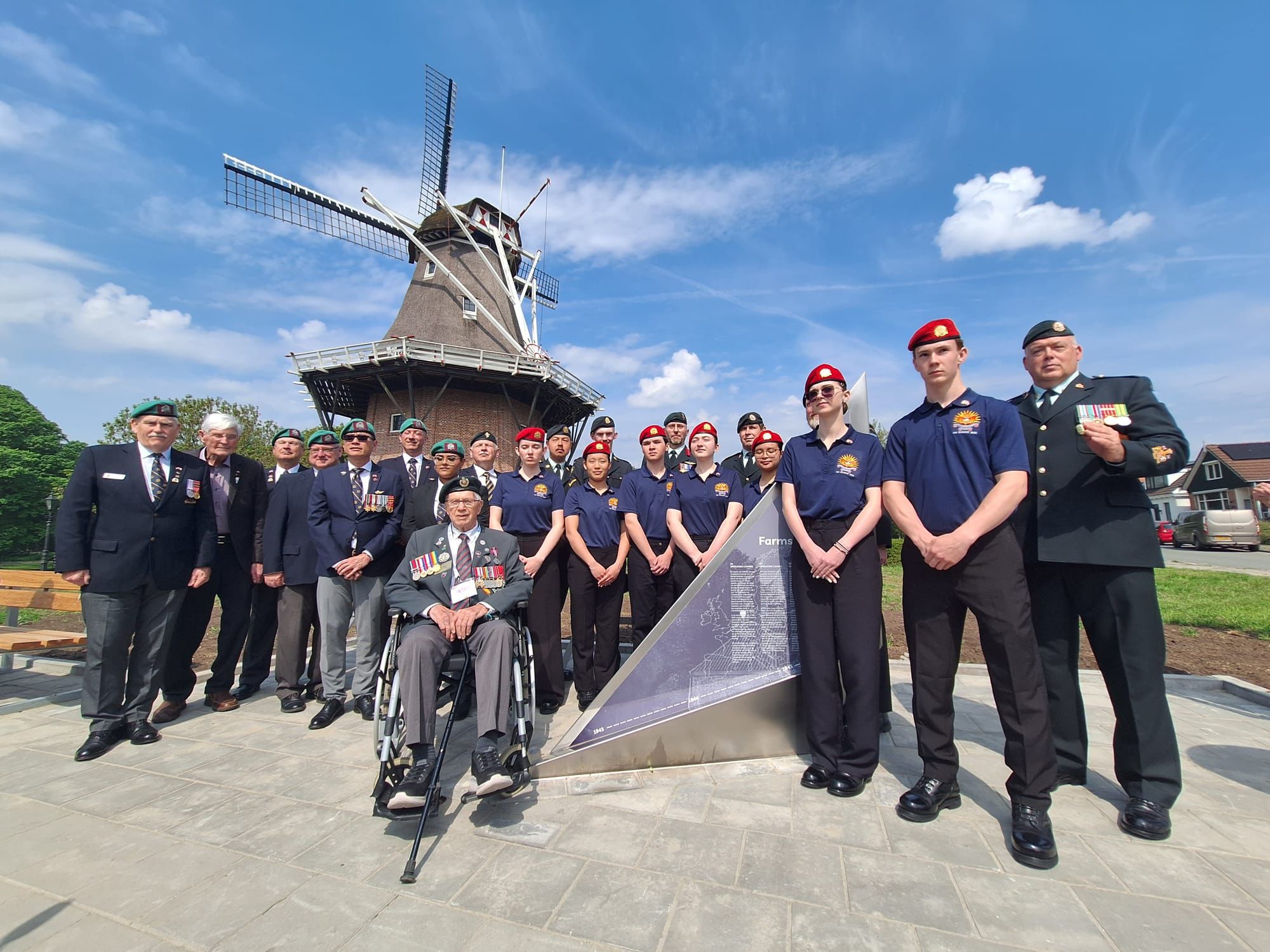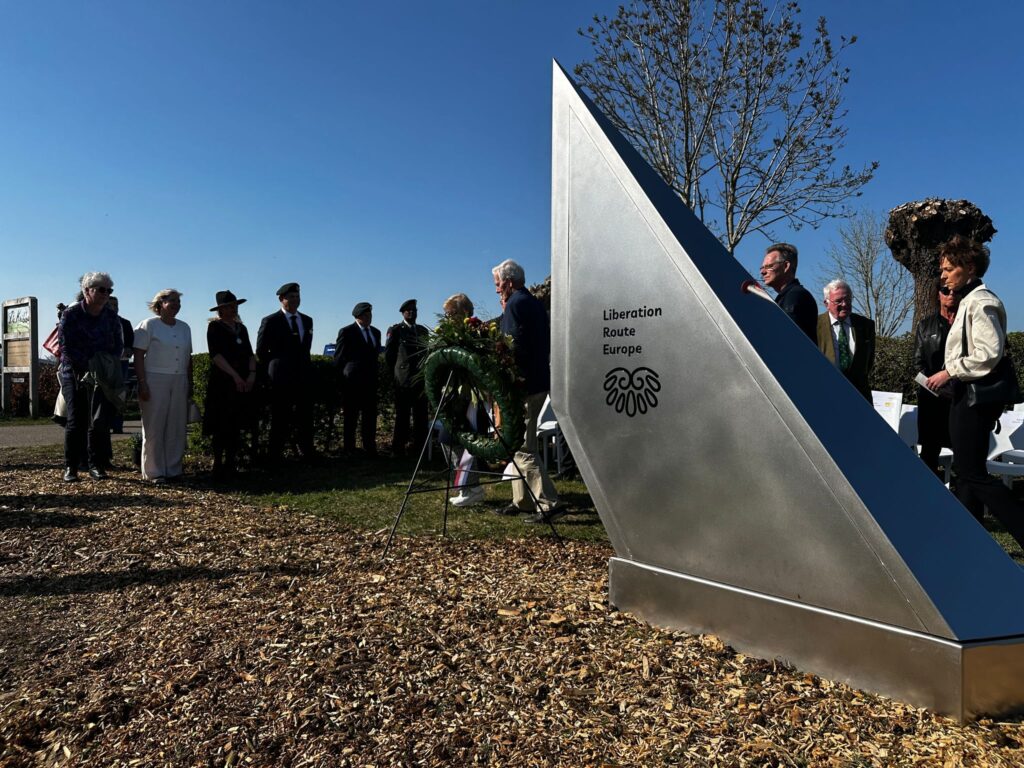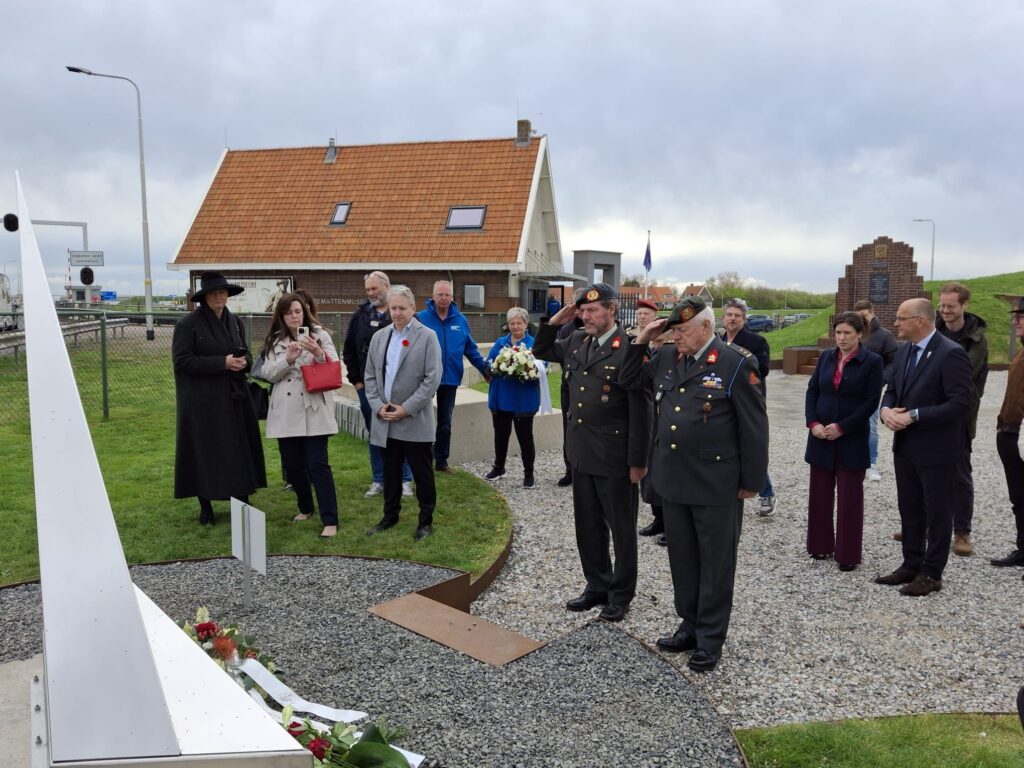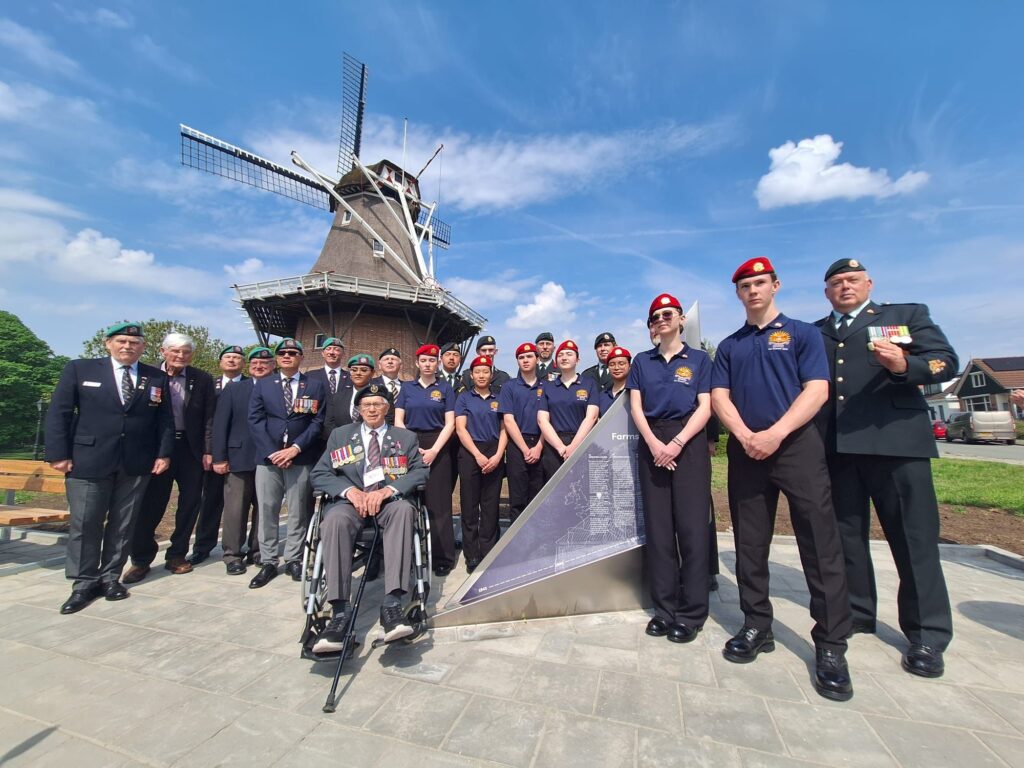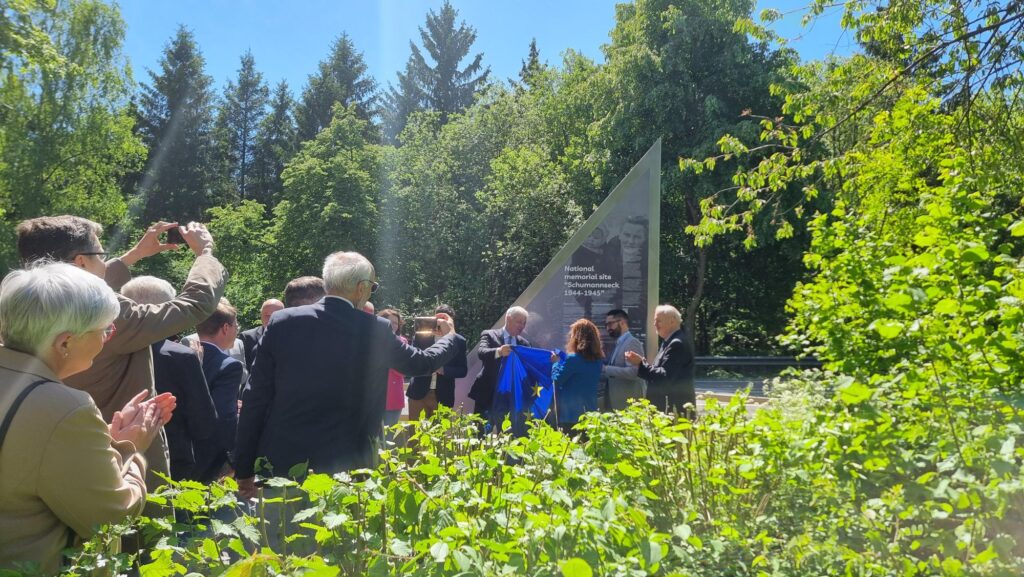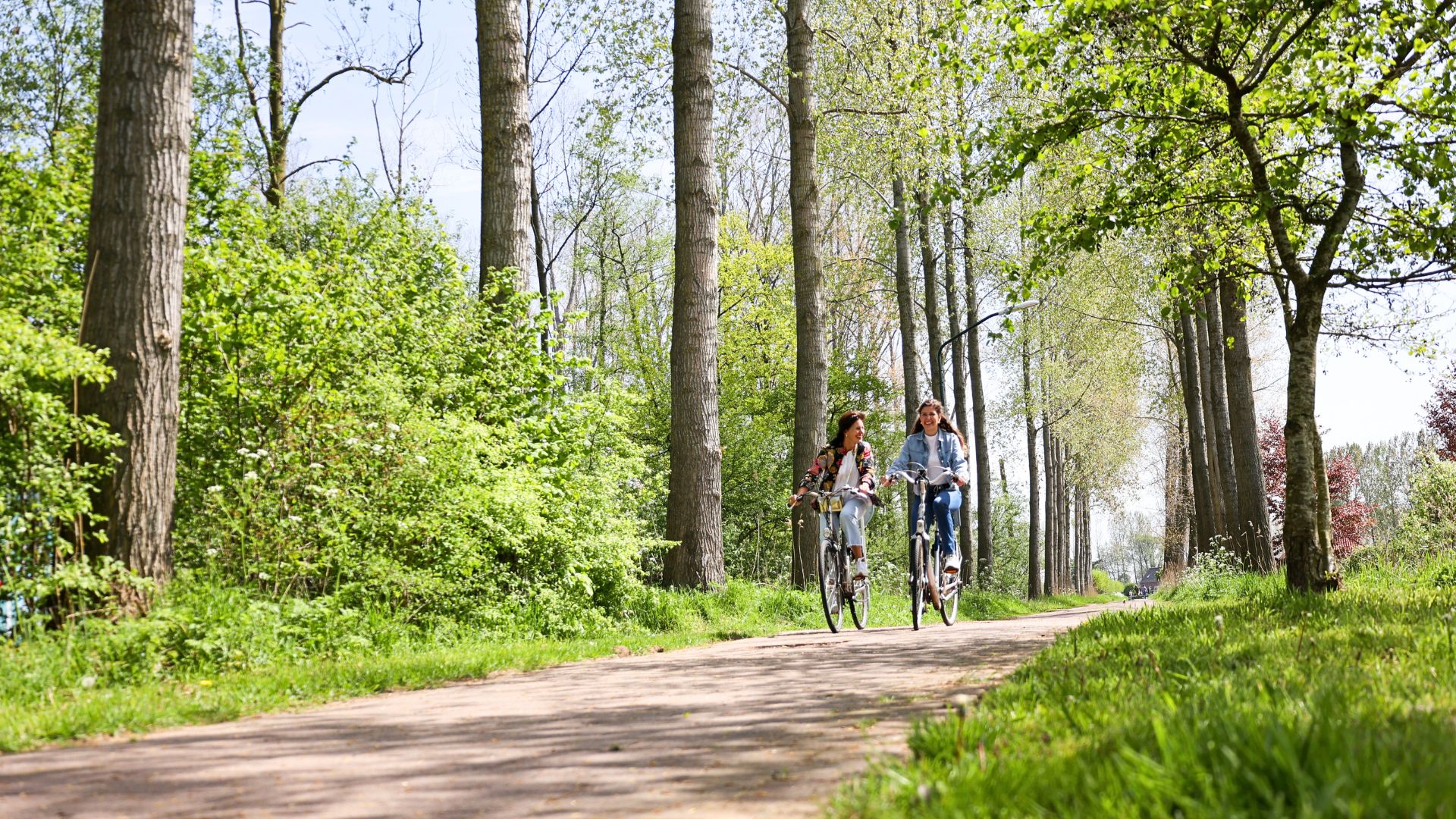Since 2023, Europe Remembers has been actively involved in commemorating the 80th anniversary of the end of the Second World War. Over the past year, our team has taken part in numerous events, exhibitions, and commemorations across Europe.
We started in Sicily in July 2023 and continued in Normandy for the D-Day anniversary on 6 June 2024. From there, we went to the Netherlands for commemorations of Operation Market Garden and the Battle of the Scheldt, and later to Belgium for events marking the Battle of the Bulge. Most recently, we were in the Netherlands again for the national remembrance and liberation days on 4 and 5 May 2025. From Amsterdam to Groningen, Apeldoorn, and the Freedom Ride in Arnhem, the spirit of remembrance and unity was deeply felt.
In addition to these major milestones, the Europe Remembers online campaign covered many more local and regional commemorations, anniversaries, and remembrance initiatives across Europe. From small community events to large international ceremonies, we aimed to highlight the wide range of efforts being made to remember and commemorate the history of WWII. Throughout the campaign, we created and shared a broad range of content: historical videos, interviews, and reportages. We spoke with veterans, re-enactors, organisers, writers, and participants—bringing these stories to a broad audience on europeremembers.com, Facebook, and Instagram. The website also served as a collaborative platform where people could find and explore WWII-related events organised across Europe. It helped connect organisations, institutions, and the public with accessible information about commemorations and activities taking place throughout the 80th anniversary period.
The campaign is now entering its final phase, with a focus on audience engagement through the #IRemember initiative. This phase invites people to share their personal or family memories of the war. The campaign will continue through to September, marking the anniversary of the end of WWII. After that, we will take time to look back at the past years, assess the wide range of activities we’ve carried out, and consider how Europe Remembers can best grow and evolve in the future. Our goal is to ensure that this campaign continues to serve as a meaningful platform for remembrance and education.
We want to thank all the partners who worked with us over the past months: Vfonds, the Nationaal Comité 4 en 5 mei, Region Gelderland, Brabant Remembers, Region Zeeland, the Bastogne Memorial and WWII Reference Center, as well as the many museums and local partners we met along the way.
Thank you for following and supporting Europe Remembers. You can continue to explore our stories, videos, and commemorations on social media and at europeremembers.com.
